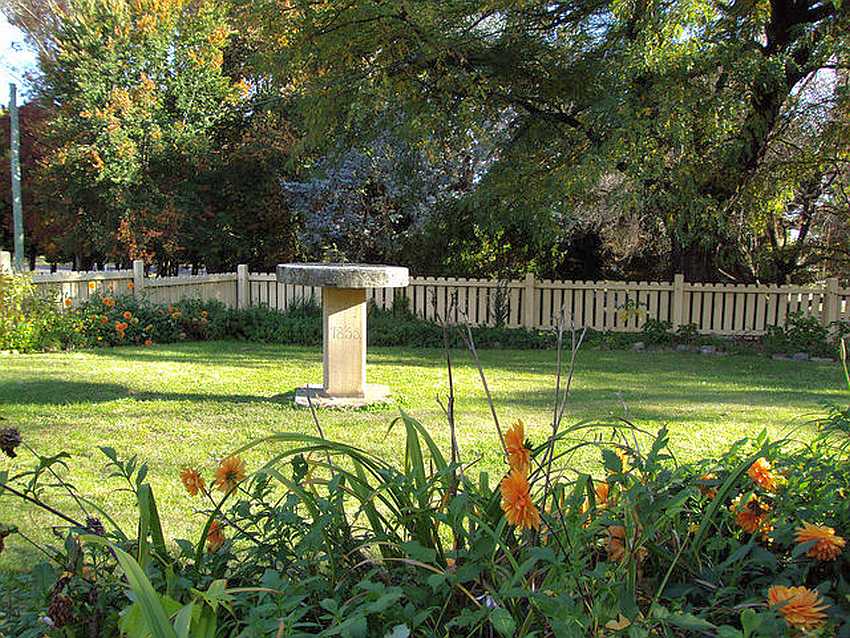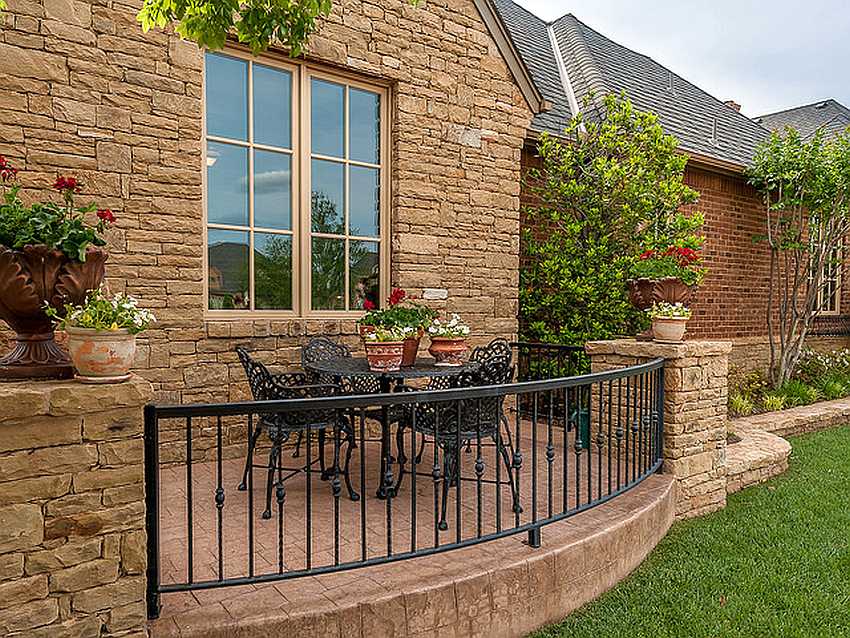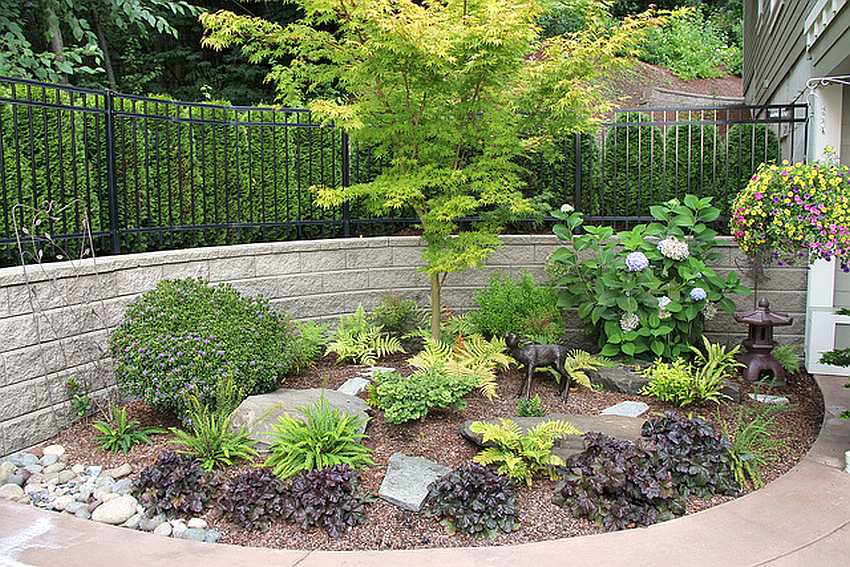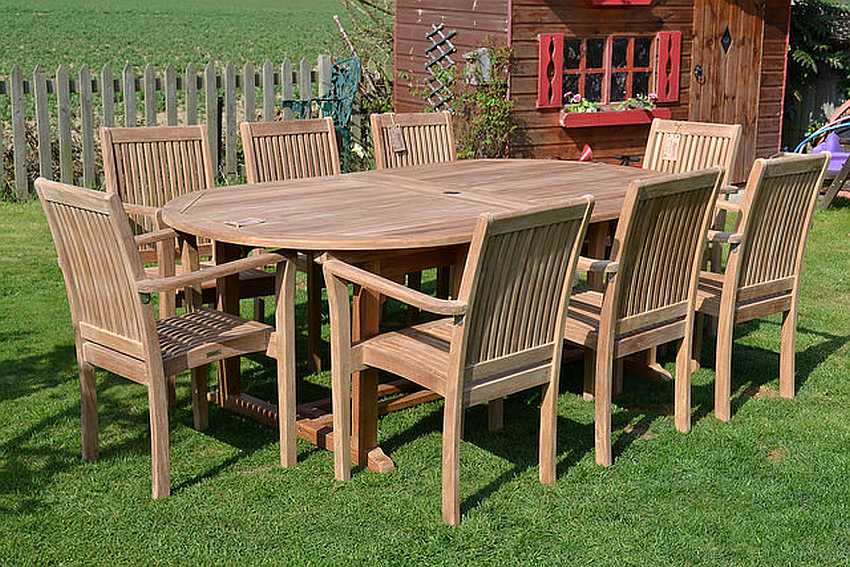If you’re one of those people who simply love spending time in their garden because it has a lot to offer and because it reminds you so much of real nature; if you want to step into it and immediately feel as if you were in a forest or a park, you probably won’t really like the trend that is taking the world by storm.
The “less-is-more” concept now dominates garden design, too. The days of cluttering our garden with every plant, item of furniture or water feature that we found attractive, without thinking how they would fit in are now gone. Lines and lightness are taking over. Let’s find out how.
Boundaries

One of the basic rules of designing a contemporary minimalist garden is to add a clear, physical boundary to your garden. The most popular choices are stone- and glass-walls. Whatever your preference may be, make sure you stick to one type. Avoid mixing crucial elements, since uniformity is also one of the goals.
Flooring

Minimalist gardens are usually paved. Again, stone and glass are the most common choices. There is an increasing number of people who choose to also introduce artificial grass. Whatever you decide, make sure it goes well with the material you used for your wall. Also, forget about irregular shapes aiming to resemble the nature. It’s all about straight lines and geometrical forms now. Think stretcher bond or herringbone paving patterns.
Plants

Although a minimalist garden isn’t renowned for featuring plants galore, they are still present, mainly to “soften” the cold and rigid design. As it turns out, the most popular is boxwood, while the colors-to-go-for include various shades of white, grey or chartreuse.
Furniture

The design concept is very clear about minimalist garden furniture. It is acceptable, as long as there are straight lines and geometrical shapes. When it comes to the materials, there are a lot of options. From expected stone and glass, to less expected, but more comfortable, sleek designer timber furniture, which is supposed to provide contrast to the “soulless” environment.
All-year-round enjoyment
Those lucky homeowners living in a warm climate can enjoy their gardens in every season. However, with more and more people in colder climate going for a minimalist garden, some features, such as a fire pit, have become increasingly popular. What’s the point of having a great garden if you can’t use it?
Other features
Pavilions or conservatories might be included, provided you have enough money. They create a feeling that you’ve come into a totally different zone, a secluded room, if you like. Swimming pools, with their traditional straight lines fit this trend perfectly.
Challenges
First and foremost, to avoid being too soulless, too sterile and uninviting. That is achieved by carefully combining the materials and shapes, by having straight lines which form unusual shapes and by successfully introducing furniture items and plants. For example, oversized plants in a small space achieve such effect.
Another challenge is to make the garden appealing and usable for as many months as possible, depending on the climate. With much less greenery, there are fewer elements that change in the course of a year and less or no leaves to rake in fall.
Finally, there is the most important question you need to ask yourself: do you see yourself in such a garden? If you’re still uncertain and have mixed feelings, have a look at some ideas and try to visualize them as yours.
If you can’t imagine yourself there, give up. It may be trendy (and we know how often trends change), but that doesn’t mean it suits you. Perhaps it would be enough just to unclutter the mess you have right now and take it from there?
All images: flickr.com/creativecommons


